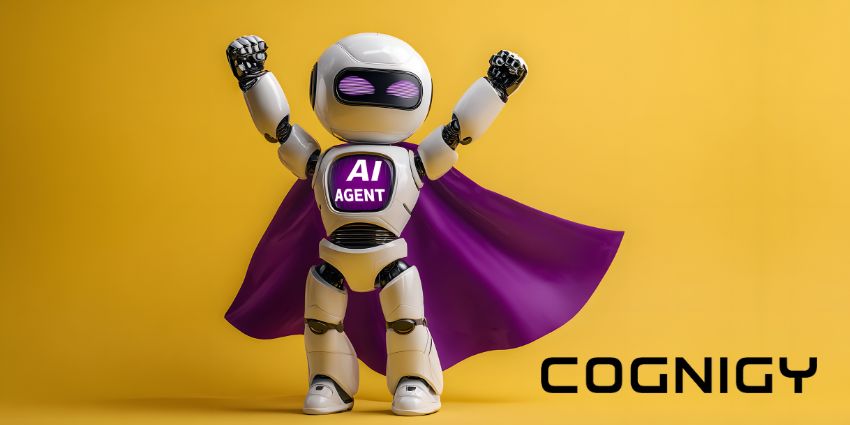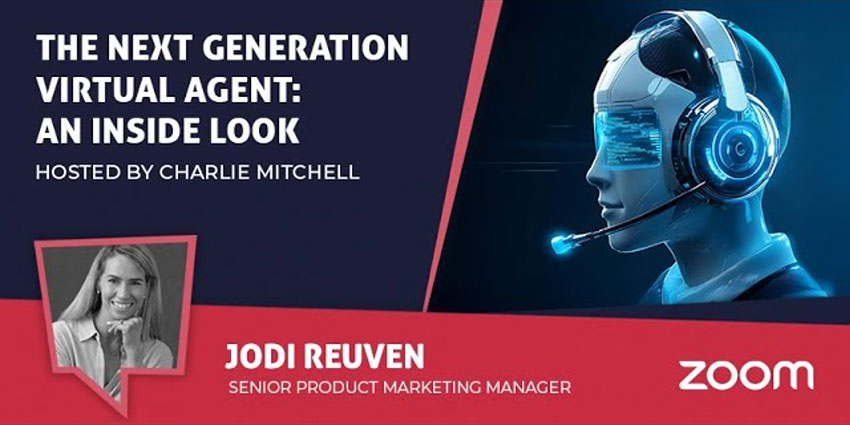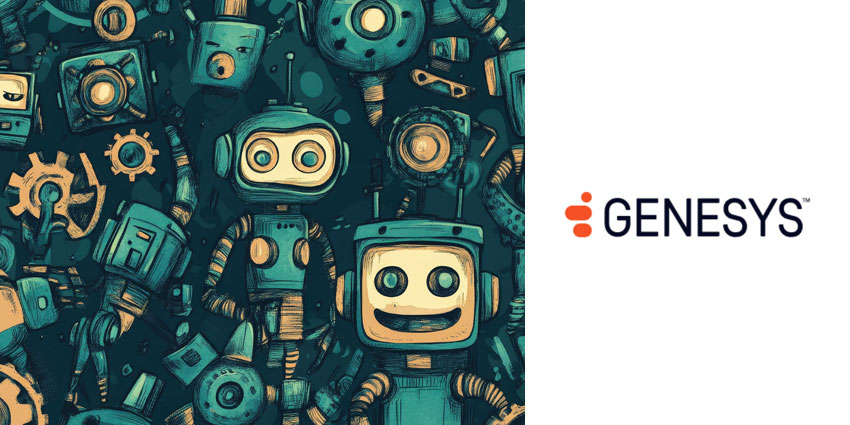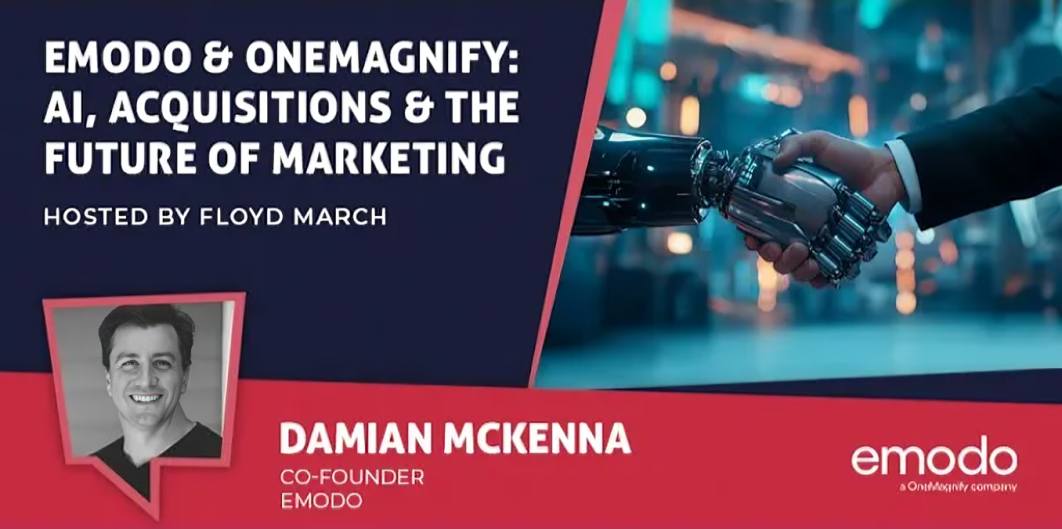CES is the first big tech event of 2025, and NVIDIA stole the headlines on day one.
In doing so, it announced a series of enhancements to its NVIDIA AI Enterprise software platform.
Many of the world’s biggest independent software vendors (ISVs) leverage that platform to build their agentic AI offerings.
Those ISVs include everyone from Microsoft and SAP to Salesforce and ServiceNow.
Most recently, Zoho – the enterprise tech provider that ordinarily marches to the beat of its own drum – doubled down on its collaboration with NVIDIA.
The partnership underlined how NVIDIA is front and center of the autonomous AI Agent movement.
Its latest announcements will only cement its position and inspire heightened agentic AI innovation within the enterprise and beyond.
1. NVIDIA Creates Blueprints for Building Agentic AI Applications
NVIDIA Blueprints are a series of referenceable workflows developers can leverage to create and operationalize custom AI applications.
Now, NVIDIA has announced a new set of Blueprints to help build AI Agents for the enterprise. These AI Agents will be able to analyze data, distill insights, reason, and act.
In doing so, they may feed from various data sources, including documents, images, and even video (more on this later!).
NVIDIA developed the new Blueprints with several AI Agent management solution providers. They include CrewAI, Daily, LangChain, LlamaIndex, and Weights & Biases.
The Blueprints will integrate with the NVIDIA AI Enterprise software platform, which critically houses NVIDIA NeMo and NIM microservices.
Alongside those developed with partners, NVIDIA delivered some of the Blueprints in-house. For instance, it presents a flow for a PDF to podcast agentic AI application. Another offers a Blueprint for video search and summarization agents.
Finally, NVIDIA introduced four Omniverse Blueprints for physical AI Agents, supporting developers in creating “simulation-ready” digital twins.
Each Blueprint runs as an NVIDIA Launchable, providing on-demand access to pre-configured developer environments.
2. NVIDIA Enables Accenture to Launch an AI Refinery
NVIDIA envisions many enterprises setting up AI factories to gather new insights and automate business-wide flows with AI Agents.
Accenture is helping businesses start taking these AI Agents into production and prepare for that future by announcing its “AI Refinery for Industry with NVIDIA”.
Built on the NVIDIA AI Enterprise software platform, the AI Refinery will support businesses in deploying AI Agents “rapidly” across various verticals. These include automotives, consumer goods manufacturing, public sector, and technology (among others).
In doing so, Accenture offers pre-configured components, best practice guides, and foundational prototypes to help fast-track AI Agent development.
Moreover, the IT giant hopes to oven-bake 100+ industry AI Agent solutions before 2026, further simplifying client deployments.
3. NVIDIA Delivers an AI Agent Orchestration Layer
As brands kick off their agentic AI adventures, NVIDIA predicts they’ll also require an orchestrator to “conduct a symphony of agents”.
That orchestrator will help coordinate the numerous AI Agents working across the enterprise, manage them, and ensure they all perform as anticipated.
Some software and service providers are already working on such solutions, with IBM announcing “watsonx Orchestrate” in November.
NVIDIA has created an orchestration layer to support the development of similar solutions.
The agentic AI orchestration layer ensures all agents work effectively together, no matter which partner helped develop the Blueprint behind the agentic AI application.
As such, NVIDIA claims to provide the glue for AI Agents to theoretically work effectively together, regardless of which ISV sells the application (as long as they’re an NVIDIA partner).
4. NVIDIA Makes It Possible to Develop AI Video Analysts
NVIDIA has enabled the development of enterprise AI Agents that perceive visuals. As such, they can serve as always-on video analysts.
Alongside live feeds, the agents may analyze “large quantities” of historical video and image content.
The new video search and summarization Blueprint – which integrates with the NVIDIA AI Enterprise software platform – paves the way for the creation of such agents.
In doing so, it enables several capabilities, including task planning, chain-of-thought reasoning, and “tool calling”. The latter allows LLMs to make requests back to the apps that “called” it.
Ultimately, these features will allow video analysts to serve various use cases. Many will help optimize factory efficiency, warehouse optimization, and in-store security.
Yet, there are possible CX use cases, too. For instance, consider video analytics for sales and service calls. Another example is optimizing marketing content by having AI flick through historical imagery and videos to share recommendations.
Also, consider a support agent that can watch a live stream of an event to offer proactive updates or first-hand customer service. These are the possibilities NVIDIA has opened up.
Lastly, the tech giant promises 30x faster batch video processing than real-time viewership.
5. NVIDIA Launches a Family of “Open” Large Language Models
NVIDIA announced a “family” of open LLMs, aiming to provide a sturdy backbone for agentic AI.
Indeed, the “Llama Nemotron” suite will help vendors optimize the LLMs behind AI agents.
According to NVIDIA, these may span many agentic AI applications, whether they’re in customer support, fraud detection, supply chain, inventory management, etc.
Built with Meta, the models also leverage NeMo for use case and domain customization. NeMo also helps curate training data, evaluate model performance, and ensure guardrails.
Meanwhile, NIM microservices will ensure the models run on any computing platform.
CX software giants SAP and ServiceNow will be among the first brands to leverage the new Llama Nemotron models.
However, other vendors may access them as downloadable models and NIM microservices.
Alongside the Llama Nemotron models, NVIDIA also released its Cosmos Nemotron vision language models (VLMs) – as featured in the video search and summarization Blueprint.
Excitingly, these may soon equip developers working on robotics applications, as they will – ultimately – enable physics-aware agentic AI applications.
For more on the fundamentals of agentic AI and NVIDIA’s take on its short-term future, read the article: NVIDIA CEO Jenson Huang’s Vision for Agentic AI In 2025: The Rundown







